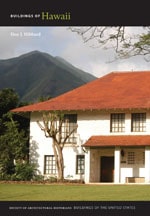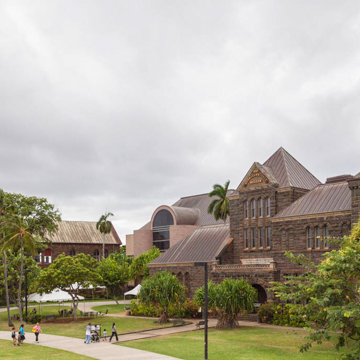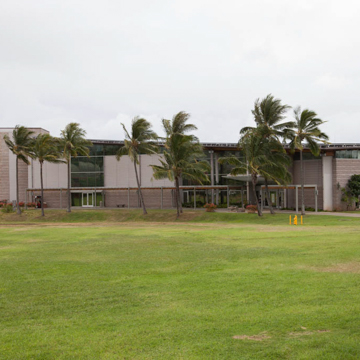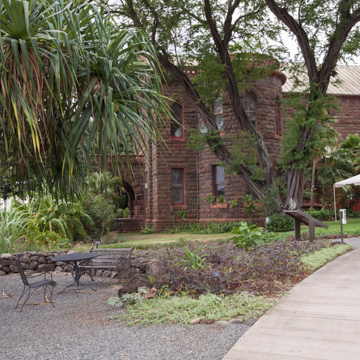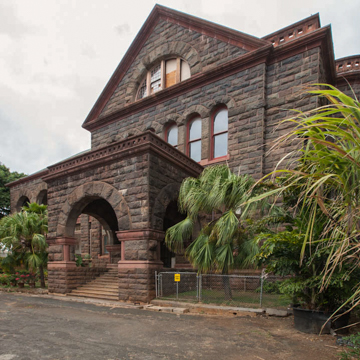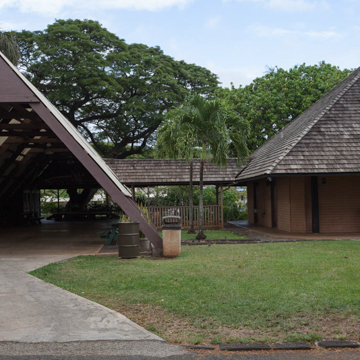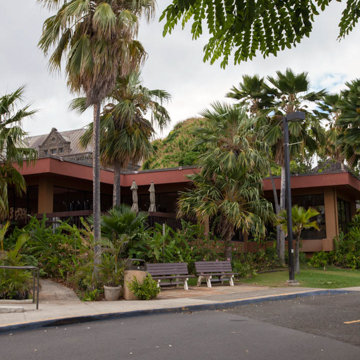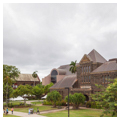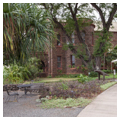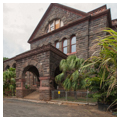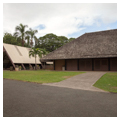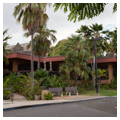Founded by businessman and philanthropist Charles Reed Bishop in 1889, the museum was conceived as a memorial to his wife, Princess Bernice Pauahi Bishop, who had died five years earlier. Established at a time when there were fewer than one hundred major museums in the world, the museum was to be “a scientific institution for collecting, preserving, storing and exhibiting specimens of Polynesian and kindred antiquities, ethnology and natural history.” The initial collection included materials that previously were a part of the Hawaiian National Museum established by Kamehameha V in 1872, and the private collections of Queen Emma and Bernice Pauahi Bishop. Over the years much has been added, and the museum remains the foremost institution of its type in the Pacific. Sitting on a fifteen-acre parcel, several of the earlier Romanesque Revival–style buildings are of note.
You are here
Bishop Museum
If SAH Archipedia has been useful to you, please consider supporting it.
SAH Archipedia tells the story of the United States through its buildings, landscapes, and cities. This freely available resource empowers the public with authoritative knowledge that deepens their understanding and appreciation of the built environment. But the Society of Architectural Historians, which created SAH Archipedia with University of Virginia Press, needs your support to maintain the high-caliber research, writing, photography, cartography, editing, design, and programming that make SAH Archipedia a trusted online resource available to all who value the history of place, heritage tourism, and learning.














